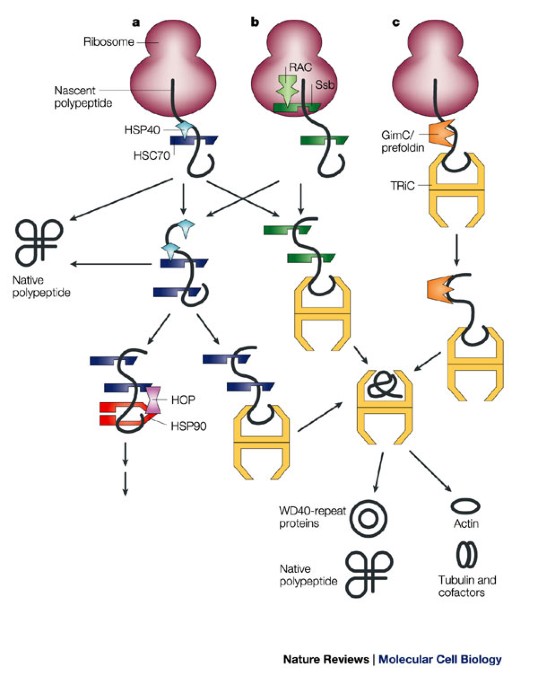
To date, the main identified functions of TRAP1 include (i) antagonizing the proapoptotic activity of cyclophilin D (CypD) to subsequently inhibit mitochondrial permeability transition pore (mPTP) opening ( 4, 5), (ii) reducing reactive oxygen species (ROS) generation to protect cells against oxidative stress ( 6), (iii) regulating endoplasmic reticulum (ER) stress ( 7), and (iv) inhibiting the activity of succinate dehydrogenase (SDH), thus regulating mitochondrial bioenergetics ( 8). The mitochondrial chaperone TRAP1 plays an important role in maintaining mitochondrial integrity and intracellular homeostasis and is closely related to apoptosis. TRAP1 was initially identified in a yeast two-hybrid screen as a novel protein that binds to the intracellular domain of the type I tumor necrosis factor receptor ( 3). Tumor necrosis factor receptor-associated protein 1 (TRAP1), a member of the Hsp90 chaperone family, is primarily a mitochondrial matrix protein ( 2).

Failure of these processes may lead to disease ( 1). Hsps perform important functions in maintaining protein homeostasis, such as mediating protein folding, assembly, and intracellular localization and regulating apoptosis. These proteins mediate the correct assembly of other proteins but are not components of the final functional structure. Molecular chaperones, including heat shock proteins (Hsps), are a class of ubiquitous intracellular proteins. This review discusses the molecular mechanisms by which TRAP1 regulates tumor progression, considers its role in apoptosis, and summarizes recent advances in the development of selective, targeted TRAP1 and Hsp90 inhibitors. Thus, TRAP1 is a very important therapeutic target, and treatment with TRAP1 inhibitors combined with chemotherapeutic agents may become a new therapeutic strategy for cancer. Furthermore, TRAP1 is involved in many cellular pathways by disrupting the cell cycle, increasing cell motility, and promoting tumor cell invasion and metastasis. In addition, TRAP1 is involved in dual regulation of the mitochondrial apoptotic pathway and exerts an antiapoptotic effect on tumor cells. Mitochondrial TRAP1 is a key regulatory factor involved in metabolic reprogramming in tumor cells that favors the metabolic switch of tumor cells toward the Warburg phenotype. To date, numerous studies have focused on understanding the relationship between aberrant TRAP1 expression and tumorigenesis. Tumor necrosis factor receptor-associated protein 1 (TRAP1), a member of the heat shock protein 90 (Hsp90) chaperone family, protects cells against oxidative stress and maintains mitochondrial integrity. 2Department of Orthopedics, The First Affiliated Hospital, Zhejiang University School of Medicine, Hangzhou, China.1Department of Anesthesiology, The First Affiliated Hospital, Zhejiang University School of Medicine, Hangzhou, China.Shulan Xie 1† Xuanwei Wang 2† Shuyuan Gan 1 Xiaodong Tang 1 Xianhui Kang 1* Shengmei Zhu 1*


 0 kommentar(er)
0 kommentar(er)
